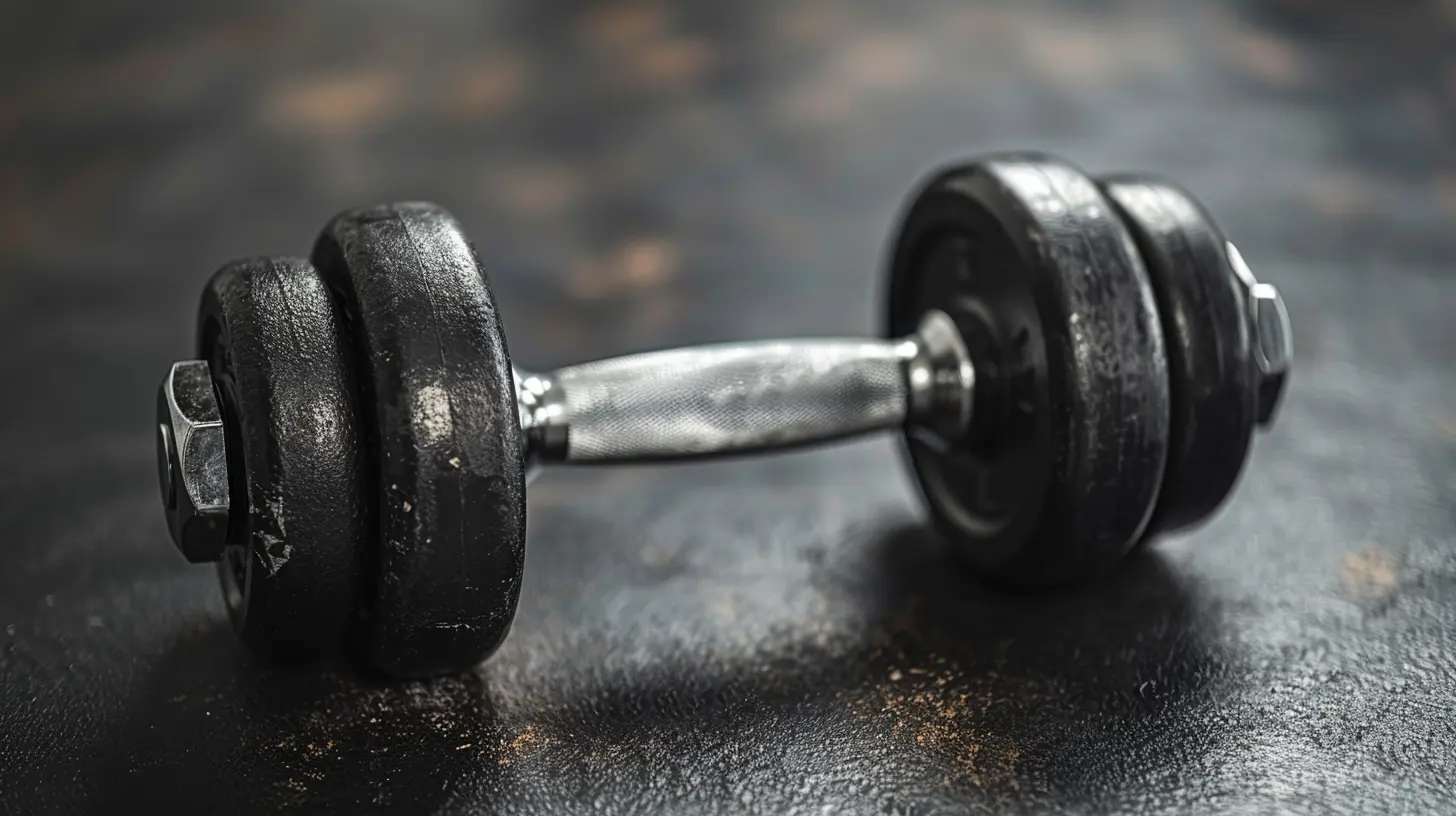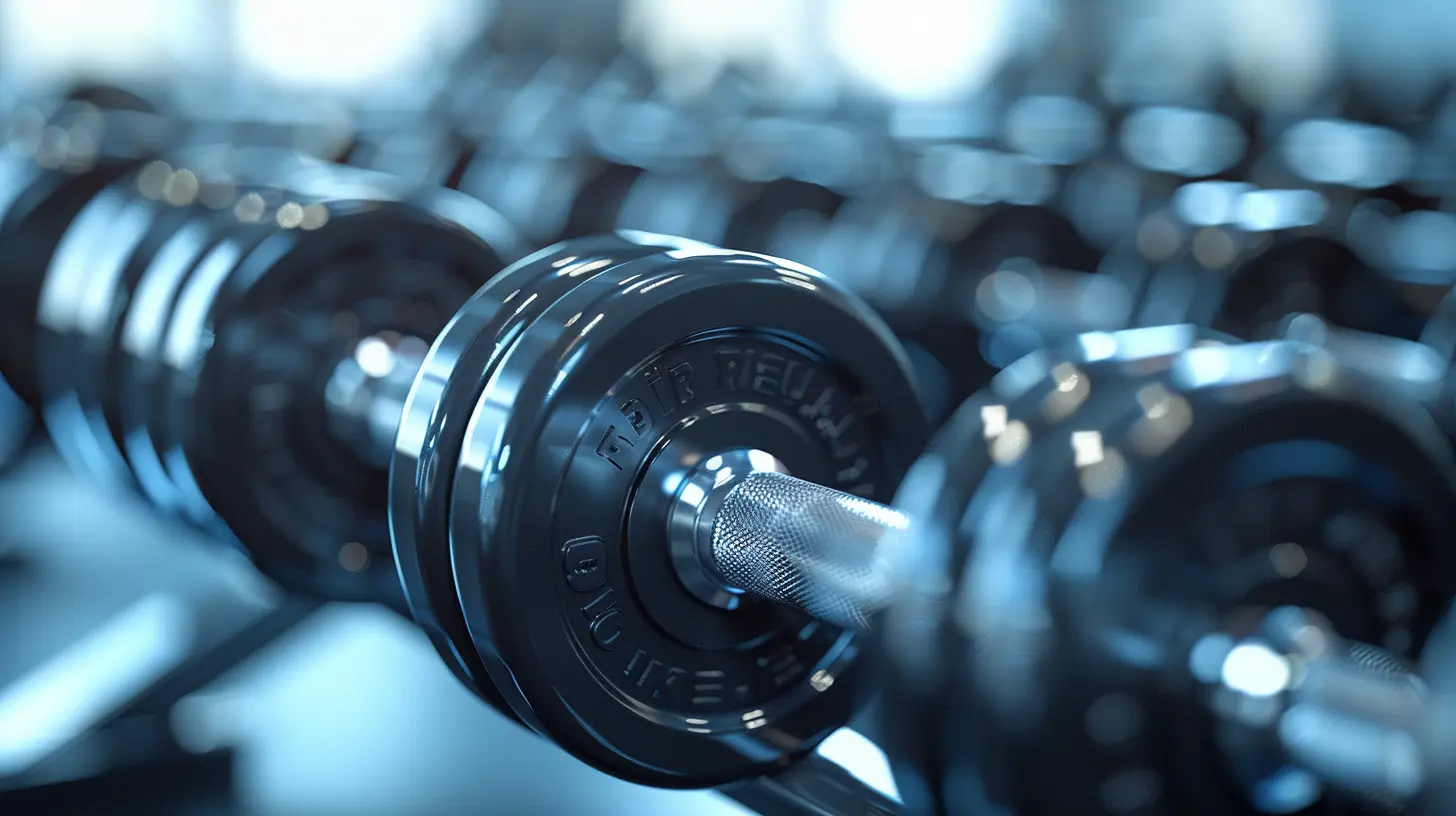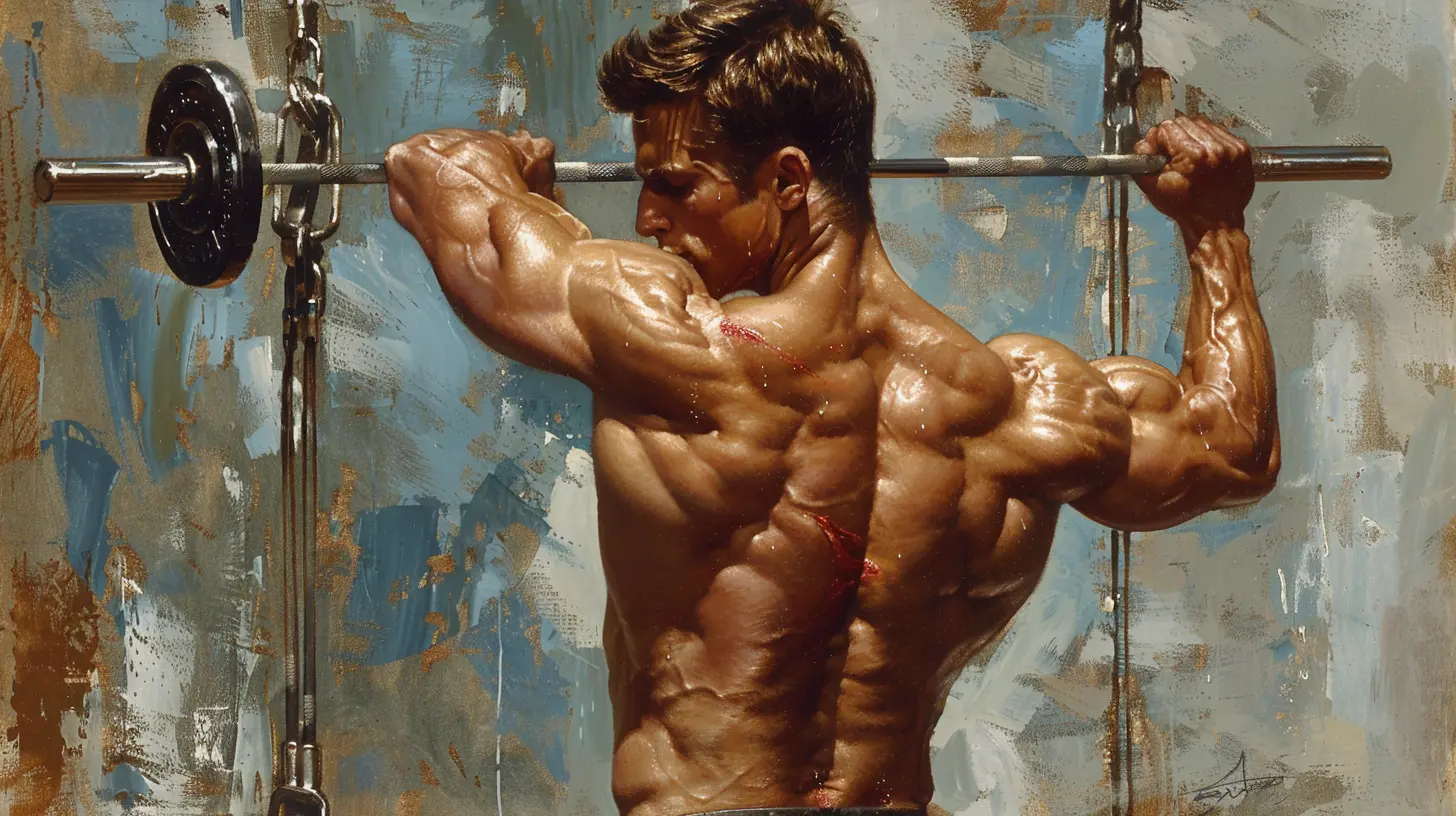How to Use Drop Sets to Push Your Muscles to the Limit
22 July 2025
Ever hit a plateau in your workouts where no matter how hard you train, your muscles just don’t seem to grow or get stronger? We've all been there. Sometimes, pushing past that wall requires switching things up—throwing your muscles a curveball they didn't see coming. That's where drop sets come in. If you’ve been lifting for a while and want to turbocharge your gains, this advanced training technique might just become your new best friend.
Let’s break it down together—what drop sets are, how to use them effectively, and why they can be a game-changer in your training routine.
What Are Drop Sets Anyway?
At its core, a drop set is a weightlifting technique where you perform an exercise until failure, then quickly reduce (or “drop”) the weight and continue lifting. The goal is to keep the muscle under tension for longer, breaking down more muscle fibers in the process.Think of it like running a race, hitting the wall, and then finding a second wind that pushes you further than you thought you'd go. That’s exactly what a drop set does to your muscles—it forces them to dig deep and adapt.
A Simple Drop Set Example
Let’s say you’re doing bicep curls with 30-pound dumbbells. You knock out 10 reps, and your arms are toast. But instead of stopping, you immediately grab the 25-pounders and keep going. When those get too heavy, you drop again to 20 pounds and pump out a few more reps. You’re done when your arms can’t lift anything else—even air feels heavy.Pretty brutal, right? But effective.
Why Drop Sets Work: The Science Behind the Burn
Drop sets aren't just some gym bro myth—they're backed by muscle science. The reason they’re so effective lies in muscle hypertrophy, which is the fancy term for muscle growth.When you lift heavy and go to failure, you recruit a lot of muscle fibers. But going beyond that point with lighter weights? That keeps the muscles under tension, encourages increased blood flow (hello, pump!), and pushes your muscle fibers into even more fatigue.
This added stress forces your body to adapt by repairing and rebuilding the muscle tissue bigger and stronger. It's like telling your muscles, “Hey, next time, be better prepared!”
When to Use Drop Sets in Your Workout
Drop sets are intense—like, really intense. So you don’t want to use them in every single workout or on every single set. That’s a one-way ticket to burnout or injury.Here’s when drop sets shine:
- At the end of your workout: Already fatigued? Perfect. Drop sets are great for finishing off a muscle group.
- On isolation exercises: Think bicep curls, leg extensions, tricep pushdowns. Drop sets are safer and more effective when there’s less risk of form breakdown.
- During hypertrophy phases: If your goal is size over strength, drop sets can be a powerful tool.
Types of Drop Sets
Not all drop sets are created equal. There’s more than one way to torch your muscles.1. Standard Drop Set
This is your classic approach. You lift to failure, drop 20-25% of the weight, and continue until failure again. You can do this for two or three total drops.Example:
Lat Pulldown:
- Set 1: 150 lbs x 10 reps (to failure)
- Set 2: Drop to 120 lbs x 6-8 reps
- Set 3: Drop to 90 lbs x 6-8 reps
2. Running the Rack
This one’s a dumbbell lover’s dream (or nightmare). You start heavy and work your way down the dumbbell rack, dropping weight with each set—no rest.Great for: Dumbbell curls, shoulder presses, lateral raises.
3. Rest-Pause Drop Sets
Add a little recovery between drops—10-15 seconds. This gives your muscles a tiny breather so you can grind out more reps.4. Plate Stripping
Perfect for machines or barbells. After each failure point, you quickly remove weight plates and keep going. Grab a gym buddy to help or move fast yourself.How to Program Drop Sets Without Overtraining
Let’s be real: drop sets are brutal. If you do them too often, your body will start waving the white flag. So finding balance is key.Here are some golden rules:
- Limit to 1-2 exercises per workout: You don’t need to go drop-set crazy.
- Train each muscle group 1-2 times per week max: More isn’t always better.
- Take rest days seriously: Recovery is when growth actually happens.
- Maintain good form: If it breaks down, you’re risking injury—and gains.
Benefits of Using Drop Sets
So, what exactly do you gain from pushing yourself to this level? A lot, actually.✅ Increased Muscle Hypertrophy
Drop sets keep your muscles under tension longer, a key ingredient in muscle growth.✅ Mental Toughness
There’s something raw and empowering about fighting through the burn. You’ll walk out of the gym feeling like a warrior.✅ Better Time Efficiency
Strapped for time? One drop set can wreck a muscle group in minutes. It’s an intense bang for your buck.✅ Muscle Shock Factor
If your usual routine has become stale, drop sets can shock your muscles into new growth.What Are the Downsides?
As powerful as drop sets are, they’re not a magic pill. There are tradeoffs.- High fatigue: Your nervous system takes a hit. Use sparingly.
- Risk of overtraining: Pushing too hard too often can backfire.
- Not ideal for beginners: You need a strong foundation first.
Basically, use them like hot sauce. A little can spice things up. Too much? You’ll crash and burn.
Sample Drop Set Workout (Upper Body Focus)
Want to give it a go but aren't sure where to start? Here's a sample drop set routine for your upper body:Warm-Up
Dynamic stretches + 5-10 min light cardio
Workout
1. Incline Dumbbell Press
- 3 sets of 8-10 normal reps
- Final set: Drop Set (to failure at each weight, 30s rest between drops)
2. Lat Pulldown
- 3 sets of 10
- Final set: Drop Set (e.g., 150 lbs → 120 lbs → 90 lbs)
3. Dumbbell Shoulder Press – Running the Rack
- Start at 50lbs → 45lbs → 40lbs → 35lbs → etc.
4. Cable Bicep Curl
- 2 normal sets
- Final drop set (drop weight by 20% each time, 2-3 drops)
5. Tricep Pushdowns
- 3 sets (last one a drop set)
Cooldown
Light stretching, hydration, maybe even a protein shake (you earned it).
Tips for Making the Most of Drop Sets
Here’s the inside scoop on how to really make drop sets count:💡 Don’t Rush the Reps
Just because the weight is lighter doesn’t mean you should speed through it. Keep good tempo and focus.💡 Track What You Drop
Track your reps, sets, and weights so you can gauge progress next time.💡 Pre-Exhaust the Muscle
Do an isolation move before your compound lift and finish with a drop set. Total muscle mayhem (in a good way).💡 Get a Spotter
Especially if you're using barbells. Trust me, lowering the barbell onto your chest isn’t the kind of failure you want.FAQ: Drop Sets Edition
Q: Can I use drop sets for legs?A: Absolutely! Try leg extensions, hamstring curls, or even leg press. But be careful—your legs might feel like jelly walking out.
Q: How many times a week should I do drop sets?
A: 1-3 times a week is plenty. Use them to finish off weak points or stubborn muscle groups.
Q: Are drop sets good for fat loss?
A: Indirectly, yes. They burn a ton of calories and spike your metabolism. But your diet still does the heavy lifting when it comes to fat loss.
Final Thoughts
Drop sets are like that secret weapon you keep in your gym bag—powerful, intense, and not to be used lightly. When used wisely, they can smash through plateaus, boost muscle growth, and reignite your training mojo.So next time you’re staring at the weights, thinking, “I’ve done this a hundred times,” throw in a drop set. You'll feel the difference. Your muscles will scream. And eventually, they’ll grow.
Push past your limits—because that’s where the magic happens.
all images in this post were generated using AI tools
Category:
Gym TrainingAuthor:

Frankie Bailey
Discussion
rate this article
1 comments
Thane Wells
Great article! I’m curious about how drop sets compare to other training techniques for muscle growth. Do you think they’re the most effective method for breaking through plateaus? Also, any tips on determining the right weight to drop to for optimal results?
August 14, 2025 at 3:32 AM

Frankie Bailey
Thank you! Drop sets can be an effective method for muscle growth and breaking plateaus, but combining them with other techniques like progressive overload can yield even better results. For optimal weight selection, aim to drop by about 20-30% after reaching failure on your first set. Experiment to find what works best for you!


